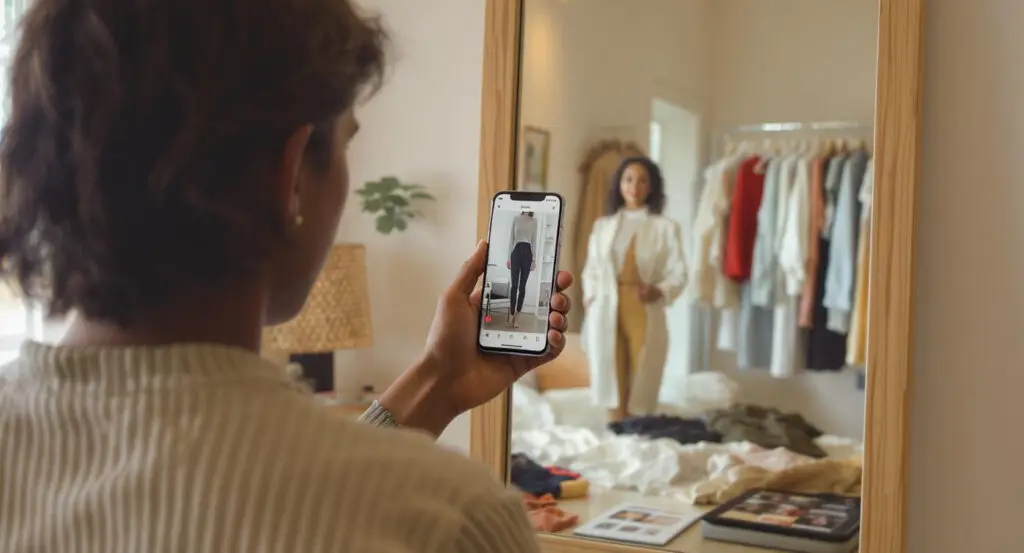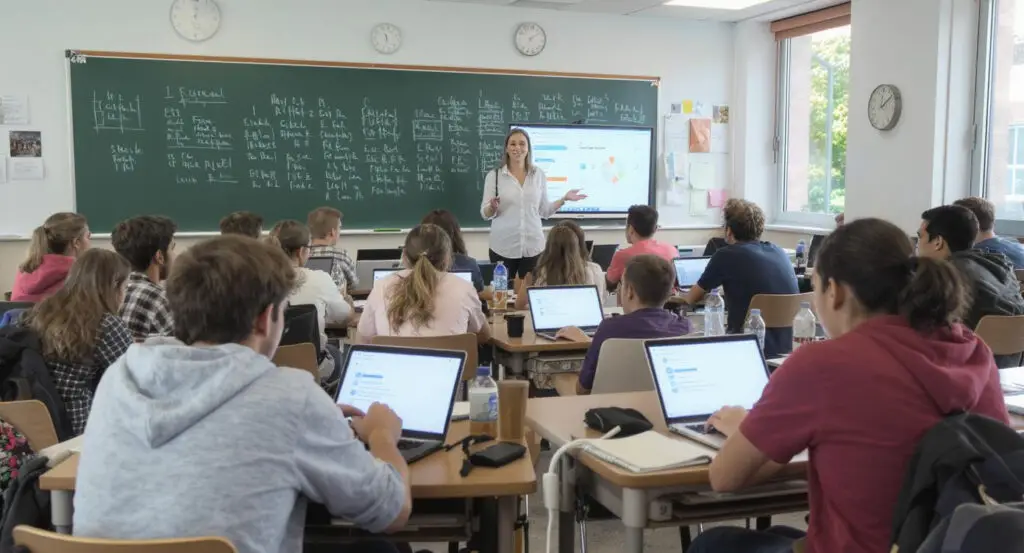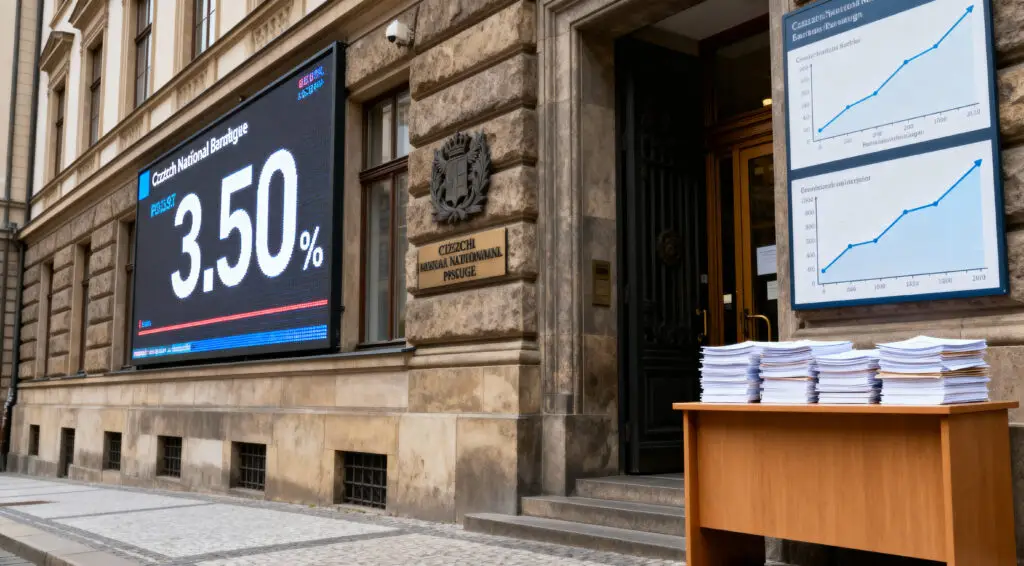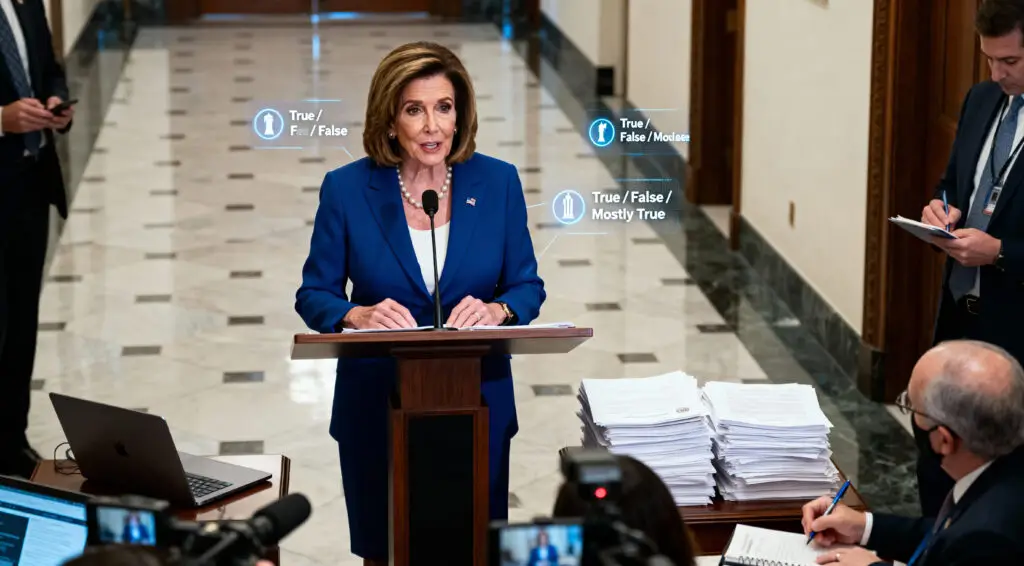Google is taking another leap into the world of artificial intelligence with the launch of Doppl, a new app that lets users try on clothes virtually through animated digital replicas of themselves. The innovative tool, developed by Google Labs, builds on the company’s earlier virtual try-on features, promising to redefine how shoppers experience fashion online.
Unlike previous efforts, which relied on static images uploaded by users to preview clothes, Doppl transforms those images into dynamic, moving avatars. This allows shoppers to see not only how a shirt or dress might look but also how it could fit and flow in motion, adding a new level of interactivity and realism to virtual shopping.
A New Era of Personalised Virtual Shopping
Doppl’s standout feature is its ability to combine clothing items into complete outfits. Users can try on tops, bottoms, and dresses virtually, mix and match pieces, and save their personalised looks. For example, a user who finds a stylish top online can pair it with a skirt from their wardrobe, previewing the combination on their animated self before making a purchase decision.
The app also supports uploading clothing images seen on social media or snapped in physical stores. Doppl then creates a short, AI-generated video of the user’s digital avatar wearing the outfit, offering a richer shopping experience than static photos alone.
Limitations Reflect Early Development Stage
Despite its promise, Doppl has limitations reflective of an early-stage product. The app does not currently support virtual try-ons for footwear, swimwear, lingerie, or accessories, which means complete outfit simulations remain out of reach for now.
Another key issue is Doppl’s occasional inconsistency when processing individual clothing uploads. For instance, if a user uploads a shirt, the app might automatically generate a matching pair of pants or shoes, even if those items weren’t part of the original upload. Google acknowledges these early imperfections, stating that work is underway to enhance visual accuracy and the realism of how garments fit and move on digital avatars.
U.S.-Only Release for Now
Doppl is now available on both Android and iOS platforms but is currently limited to users in the United States. Google has not yet shared plans for an international rollout, leaving shoppers outside the U.S. waiting for a chance to experience the new technology firsthand.
The app’s debut follows Google’s earlier virtual try-on initiative launched in 2023, which allowed shoppers to preview clothes on a selection of real-world models of diverse body types. Doppl takes that concept several steps further by individualising the experience, letting users see themselves rather than just someone similar wearing their potential purchases.
Competitive Market for AI Fashion
With Doppl, Google enters a fast-growing market of AI-driven fashion tools aiming to transform online shopping. Rivals like Glance AI are already experimenting with similar technology to bridge the gap between digital browsing and the tactile experience of physical stores.
Retail experts believe the race to perfect virtual try-ons will define the future of online shopping, as brands look for ways to reduce returns and give customers greater confidence in how clothes will look and fit. According to industry analysts, AI-powered try-ons could significantly lower return rates, which have long been a costly challenge for e-commerce retailers.
Google’s Vision for the Future of Fashion
In releasing Doppl, Google signals a strong commitment to blending cutting-edge AI with practical tools for consumers. The tech giant sees Doppl as more than just a shopping feature; it’s part of a broader strategy to integrate advanced AI into everyday life, making tasks like clothes shopping more interactive, personalised, and convenient.
While Doppl is still a work in progress, its debut highlights a major shift in how people might shop for clothes in the coming years, replacing dressing rooms and fitting sessions with AI avatars and digital wardrobes. As AI continues to evolve, the boundary between physical and virtual shopping experiences will only blur further, redefining retail for millions of customers worldwide.























